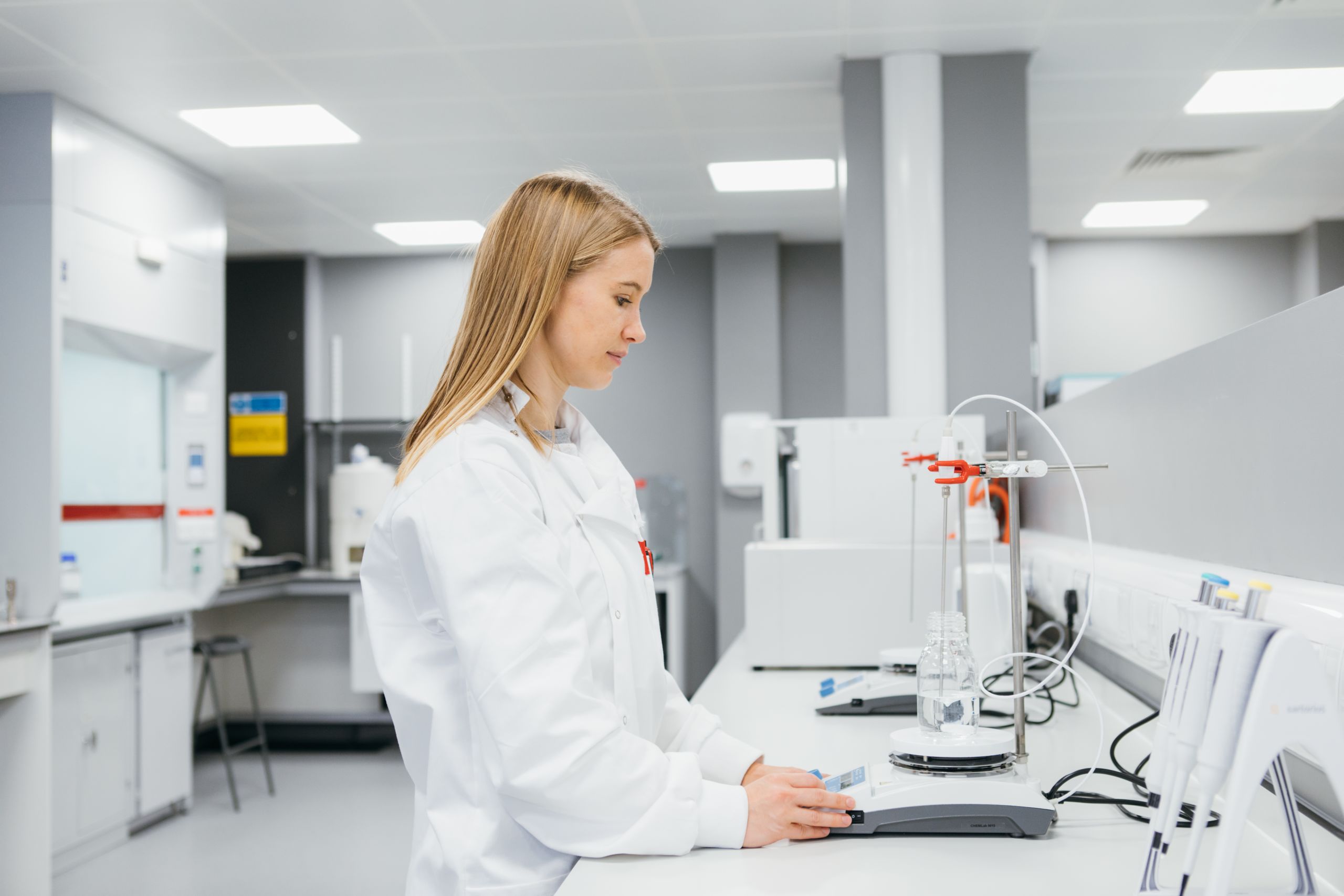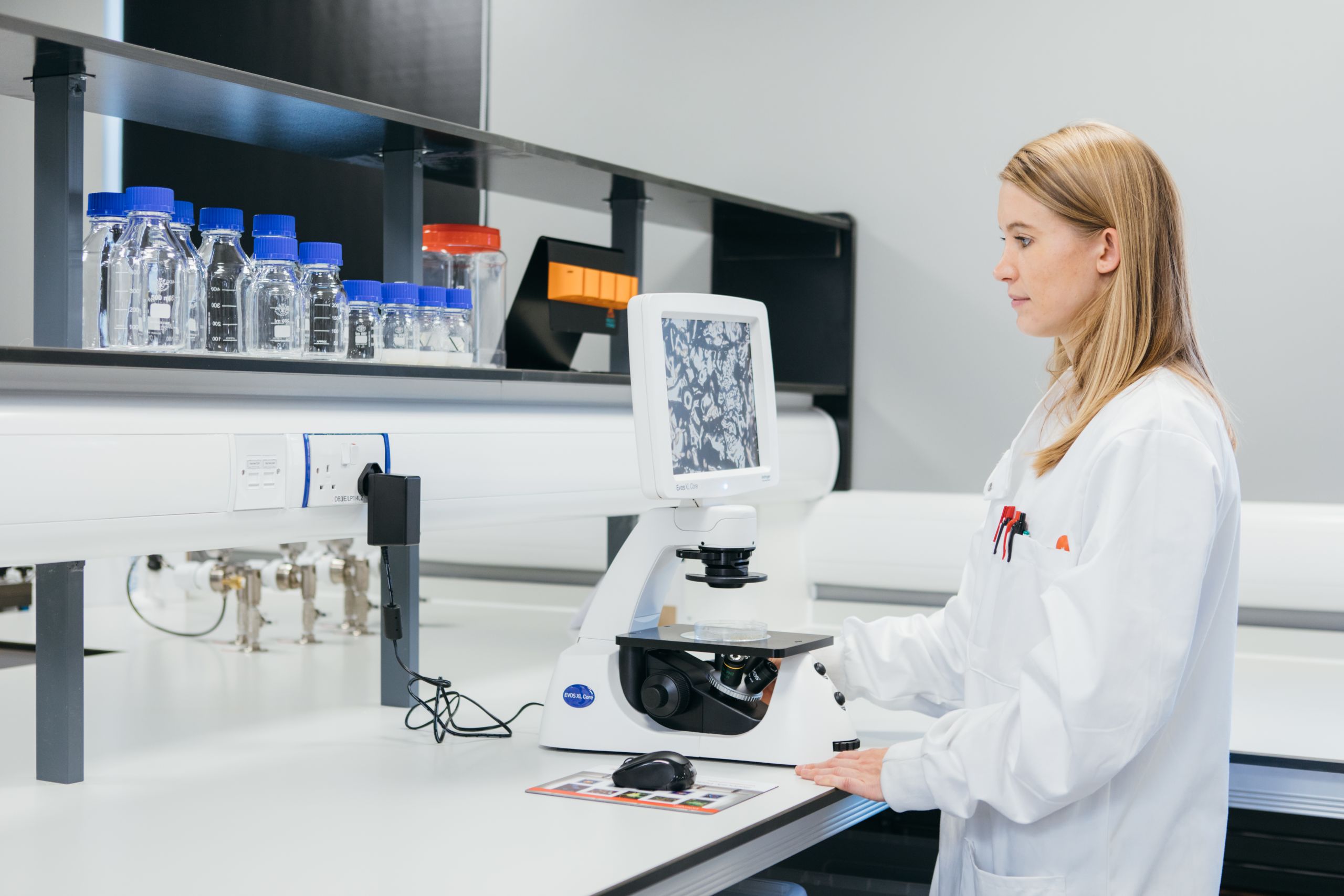Creating a med-tech innovation cluster

Medical technology, from nano-scale diagnostics to implanted devices, plays a critical role in nearly all parts of health care, everything from surgical procedures to disease monitoring.
But that ubiquity also means that med-tech faces serious structural challenges, especially around the fragmentation of research and development. Young start-up companies often develop solutions without spending enough time with physicians. Promising nanoscience research cannot escape the lab and translate into products that pass through the zig-zag journey of regulatory approvals.
The University of Birmingham’s Healthcare Technologies Institute (HTI), working with both physicians and med-tech companies, is bridging the research-to-patient gap through projects that push the frontiers of material science. Innovations from the Institute’s research network so far include eye drops that prevent corneal scarring after injuries, implants that deliver targeted antibiotics to avoid post-surgical infection, and nanomaterials for diagnosing conditions like prostate cancer and brain injury.
“All of our projects are driven towards having a clinical impact rather than only being interesting science,” says Liam Grover, a professor of biomaterials science who leads the Institute. Grover’s own background, spanning hard and soft materials science research as well as private-sector experience, place him in a unique position to get these technologies through the development and approvals stages and out to patients.
Fighting anti-microbial resistance
Surgical-site infections can cause serious harm to patients, especially when they occur under the skin, organs, or implanted materials. Such infections might necessitate further surgery. Antibiotics are essential to lower the risks, but the medical community is increasingly worried that excessive use can lead to the rise of anti-microbial resistance (AMR).
A team, led by Sophie Cox and Grover, is engineering medical devices to reduce surgical infection by optimizing the delivery of anti-microbials to surgical sites. “The foundation of this work is understanding what is the best dose of anti-microbial to deliver at infection sites, because the dose is really important to the way we kill bacteria,” says Cox, an engineer. “We do not want to over or under-utilize antimicrobials because that can contribute to the development of resistance.”
Surgical infections are more common in emergency procedures like road accidents. They pose an infection risk as high as 30 percent compared to less than 1 percent in more routine, planned procedures like hip replacements, Cox says. To avoid infection, doctors often give patients high doses of systemic antibiotics, rather than localize them to the site of infection. “The biomaterials and engineering community uses concentrations of antibiotics or antimicrobials that might be several hundred or thousands of times greater than the minimum concentration needed,” she says. “The idea of our implants is to either modify the surface of the implant to deliver the antimicrobial or create a cavity region within the implant that a secondary material that contains the antimicrobial can be injected into.” Custom implants that controllably release anti-microbials could make a significant contribution to AMR stewardship, Cox argues.
Not everything at HTI has to be so high-tech, though. The team is also exploring ways to use alternative materials. Honey, for instance, is a natural antimicrobial while also being a sticky, viscous substance well-suited to the delicate micro-environment of an infection site. Honey is of increasing interest to the clinical community as a natural anti-microbial that does not seem to induce resistance in bacteria. Meanwhile, in partnership with a UK business, Cox is exploring the infection-fighting properties of another natural superpower — silver — which could be used to coat devices or integrated into wound dressings. “As engineers, we’re always interested in exploring what we can learn from nature.”

Liam Grover, Professor in Biomaterials Science
Liam Grover, Professor in Biomaterials Science

Dr Sophie Cox, Lecturer in Healthcare Technologies
Dr Sophie Cox, Lecturer in Healthcare Technologies

Nano devices for quicker diagnostics
As devices and medical materials become smaller, safer, and more sophisticated, could they also help address the challenge of early-disease diagnosis? Researchers at HTI are developing nano-material technologies to improve detection in cases where current methods are too insensitive, too costly, or both.
Prostate cancer, the most common type found in men, has a strong survival prognosis if caught early. Treatment, though, can be highly debilitating. Some prostate cancers may not require any intervention, but understanding which of the various forms a patient has is difficult. Current testing methods cannot sufficiently differentiate between aggressive and non-aggressive forms[1].
Paula Mendes, a professor of advanced materials and nanotechnology at the HTI, is exploring how coloured nanoparticles can test for specific changes in the shape of circulating proteins to reveal a cancer’s virulence. Another condition for which current testing lags behind need is brain damage. Current technologies at the point-of-care lack sensitivity, require specialist handling, and can be costly. At HTI, Pola Goldberg Oppenheimer is developing a blood test that can, by analyzing a pinprick of blood on a novel silicon and gold-based chip, reveal tiny amounts of chemicals that are produced as a result of brain trauma.
[1] https://www.birmingham.ac.uk/research/healthcare-technologies/research/early-detection-prostate-cancer.aspx
Building a Midlands med-tech cluster
Birmingham’s med-tech innovation is the result of a tight integration of university laboratories, local hospitals, and the private sector. Such close collaboration helps ensure devices are designed for the realities of frontline procedures like surgery. “It’s really important that we engage with all stakeholders, especially at the early stages because we want to be making sure our research will be easy for clinicians to use or implement in their current practices,” says Cox.
The commercial world is also a critical partner in developing and manufacturing med-tech. The HTI brings together academics from across the campus, with a core team whose expertise includes regulation and Intellectual Property. This skillset is key because many promising health technologies fail at the regulatory approval stage. Private-sector collaboration is also nurtured by the European Regional Development Fund (ERDF)’s support for the HTI, whose funding is predicated on commercial engagement to maximize the economic impact of the research. “We’re working with companies to provide assistance, writing expert reports, business plans, and translational plans. We’re very company-facing,” says Grover, the institute’s director. The group has worked with around 120 small- to medium-sized med-tech companies.
Grover hopes the HTI can be the center of a thriving med-tech cluster in a region that has struggled to realize its potential. A life sciences park, currently under construction, could further establish the Midlands as a med-tech cluster powering forward the life sciences sector in the UK and Europe.
“Some companies in Birmingham have great ideas but can’t scale their products,” he says. “Others move out of the region. We’re trying to create an environment where companies are coming from outside to work here because of what we’re doing – and that also means we are going to lose fewer companies because they stay in the Midlands to grow their innovations.”


